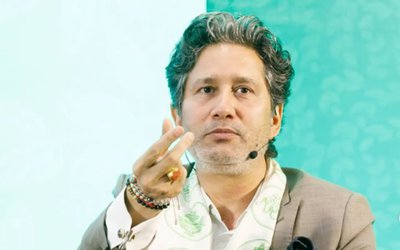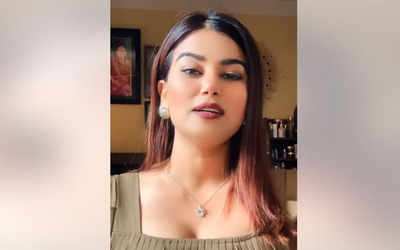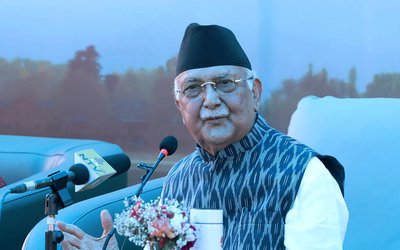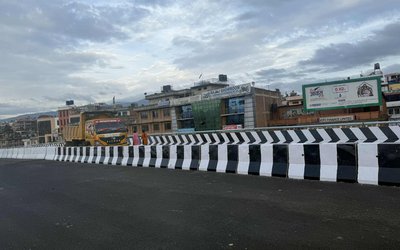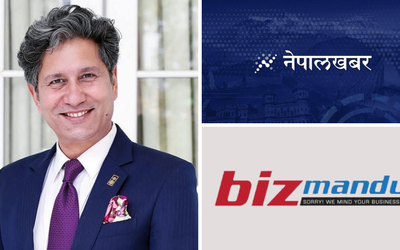Indian education institutes have once again come to the spotlight, thanks to the newly appointed Minister of State for Higher Education Shashi Tharoor. According to the flamboyant minster, the university system was not producing ‘well-educated’ graduates to meet the needs of the Indian companies.
Tharoor’s scathing remarks follow two well-reputed international surveys which did not feature an Indian University anywhere in the top 200 list. The neighbouring arch-rival and competitor China however was able to see seven of its universities in the top 200 of one of the surveys.
This is not the first time that the Indian universities have come under scanner. After a similar poor showing in the surveys last year, the-then Human Resource Development Minister Kapil Sibal had slammed the higher education system. He lamented that they were not forward looking, followed archaic education system and were not up to date.
And quite truly, Indian education institutes have very little to write home about this year as well with their dismal performance. Out of the two surveys, in Quacquarelli Symonds (QS) world university rankings IIT Delhi and IIT Bombay were the two to have acquired the highest positions. But at 218th and 225th positions they were placed far behind many other countries. Two of India’s most reputed universities, the University of Delhi and the University of Mumbai stood embarrassingly at 398th and 578th position. IIT Kharagpur stood at the 234th, IIT Bombay at the 258th position in the Times Higher Education survey.
So, what causes the Indian Universities producing a bad ‘report-card’ every year?
Firstly, they are without a doubt failing to keep up pace with the needs and the expectations of the modern world. They still follow an out-of-date system. While good universities in many other countries do focus on an overall understanding of issues with practical implementation,universities in India have not moved out of the traditional thrust on ‘bookish knowledge’. Take University of Delhi for example. Although the course is revised every few years, the revision is of very little significance as huge changes are avoided and the content remains the same. Said an undergraduate, in an era of interactive learnings, there are hardly any presentations made, no lesson on how to practically implement the ideas learnt in classes and very few interactive sessions with the professors.’ Adds another, ‘the exam pattern is identical to that of school and doesn’t allow the students to explore their creativity’. Needless to say, the University still needs a long way to go to compete with the world’s top institutions.
Although some have blamed the methodology behind India’s poor performance, it does not put up a strong argument. One of the surveys, QS , measures institutes on six indicators — with 40 per cent weightage to academic reputation, 10 per cent to employer reputation survey, 20 per cent to citations per faculty, 20 per cent to faculty student ratio and 5 per cent to proportion of international students and faculty each.
Hence, the education system is not the only factor. A second possible factor for the failure of Indian institutes is the politicisation of the system. The selections of Vice-chancellors become a topic of huge political contention and a number of education bills are stalled in the parliament as a result ofinter-party conflicts. ‘Institutions in the US and other foreign countries boast of academic freedom but there is no political autonomy for running the educational instates in India,’ says Prof. R K Kale, Vice Chancellor, Central University of Gujarat. Although strikes and closure of colleges as a show of protest is not practiced, the institutions become an integral part in the country’s politics. One recent case was the conflict with IIT Kanpur and the HRD regarding the conduct of entrance test which ultimately got dragged to the court. Education pundits comment that as long as institutes get embroiled in such conflicts, they would not be able to excel.
Professors also complain that the universities in India receive very little grants from the government and are usually under-funded. On the other hand, students complain of many teachers not being good enough to prepare their pupil to compete with students of IVY league colleges who study under professors with global reputation and international award winning qualities. Said Nikhil Sinha, VC of Shiv Nadar University, ‘Institutes in India do not do the research quantity wise or quality wise. This makes it difficult for them to figure in the (top world) rankings’ .
Aiming to be a super power in the coming years along with China, India would not be able to do sowithout a major overhaul of its education system and improving the quality of education.
- Ukrainian Crisis And The World (Dis)Order
- Apr 22, 2022
- China’s Cautious Steps In The Graveyard Of Empires
- Aug 18, 2021
- Foreign Aid On The Fence!
- Aug 08, 2021
- Communist Party of China centenary celebrations Reading between the lips
- Jul 14, 2021
- Second Wave Of Covid-19 In India: Deadly Blow To The Economy
- Jun 23, 2021


